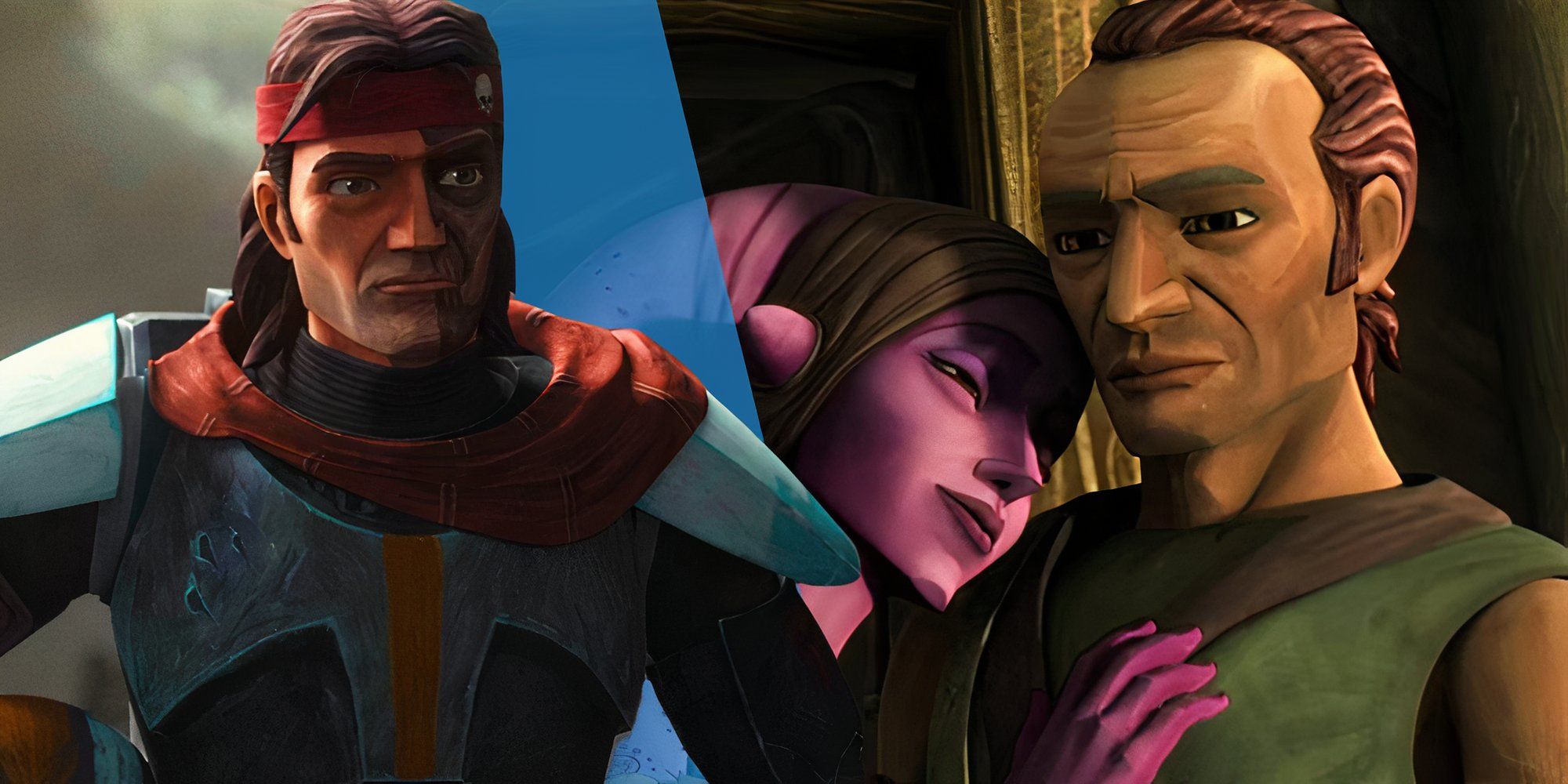Netflix’s Testament: The Story of Moses gives an entertaining account of Moses’ life, but there are 6 major parts of his story that are left out of the docuseries. The three-part series covers the majority of Moses’ life from his birth in Egypt to his death just outside the Promised Land of Canaan. Among the best docuseries around, Testament: The Story of Moses is worth a watch for anyone interested in the biblical figure.
Like all the best documentaries, Testament: The Story of Moses uses a combination of interviews with experts and professional reenactment to convey the story of Moses. Considering the story of Moses is a religious story with a place in all the Abrahamic religions, there is a considerable amount of variation between accounts. However, based on the general consensus of scholars and theologians, there are six major parts of Moses’ story missing from this docuseries.

Related
The 25 Best Documentaries On Netflix Right Now
Netflix has many critically lauded documentaries to check out but the sheer number is overwhelming. Which are the best to check out first?
6
Moses Killed The Worshipers Of The Golden Calf
The Golden Calf Was Built While Moses Was Recording The 10 Commandments
Like many of the best documentaries about the ancient world, Testament: The Story of Moses depicts some events as slightly less violent or gruesome than the original sources describe. The docuseries includes the story about Moses’ followers constructing a golden calf to worship after presuming Moses had died on Mount Sinai, but it then shows Moses pleading with God to spare them, and ultimately, Moses does not punish them for idolatry. This is not the case in religious texts.
Most versions of the story of Moses agree that he was not forgiving to those who abandoned God to worship an idol, and according to the Book of Exodus, about 3,000 people were killed for this crime. Moses did not, however, blame Aaron, and included him when he called those who stayed true to their God to his side. It seems Aaron was the only one who was spared in Biblical lore, as he is purportedly the one to have melted down the gold and built the calf in the first place.
Testament: The Story of Moses probably left out the slaughter of those who worshiped the golden calf because it was so close to the end of the docuseries that it might leave people with a more negative opinion of Moses. However, as the docuseries states many times, Moses was a flawed man, and his story is not peaceful, even if peace was its purpose.
5
Moses Constructed The Tabernacle
The Tabernacle Held The Ark Of The Covenant
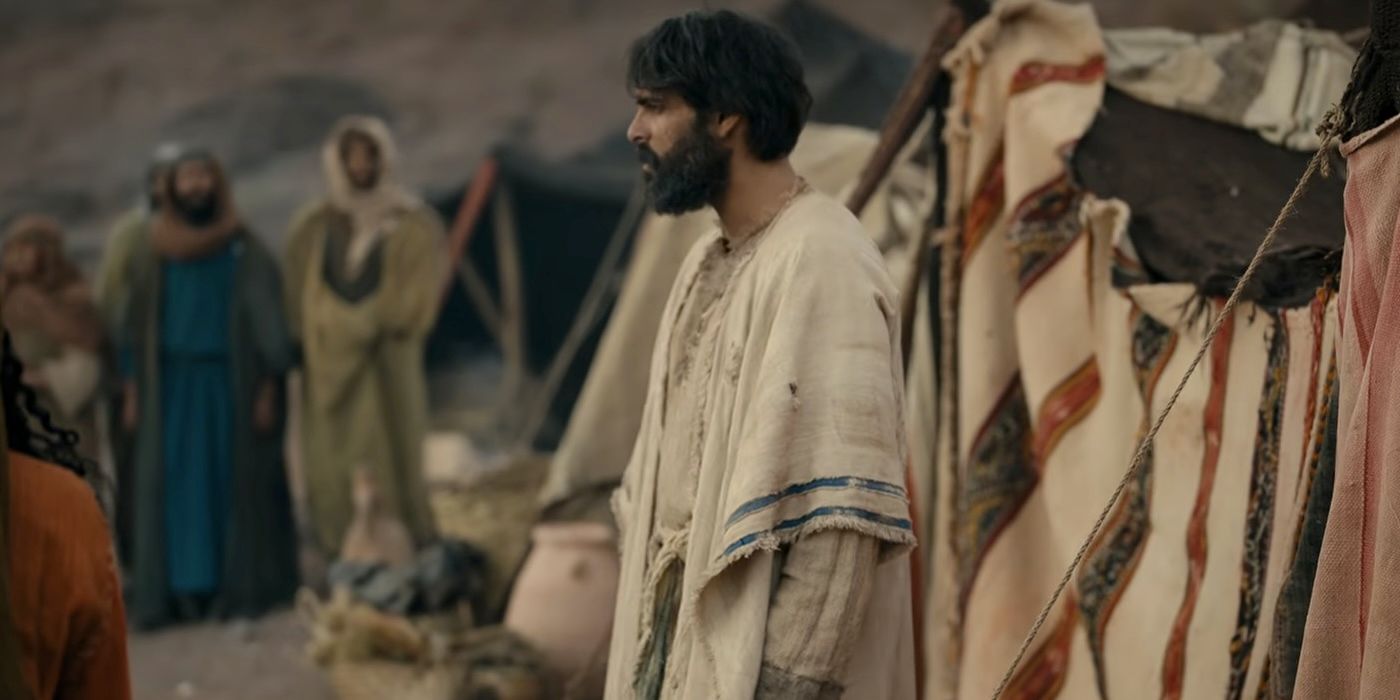
Another important part of Moses’ story that isn’t covered in Netflix’s Testament: The Story of Moses is the construction of the tabernacle. According to religious lore, before Moses departed Mount Sinai with his people, God instructed him to build a portable dwelling/shrine that would carry him with the people on their journey to Canaan. The tabernacle is also said to have housed the Ark of the Covenant, which held the 10 commandments.
The tabernacle would accompany the Israelites all the way to the Promised Land, representing the dwelling-place of God until the construction of the Temple of Solomon more than four centuries later. Along with housing the Ark of the Covenant, the tabernacle was a place for people to worship and sacrifice to God. The description of the tabernacle in Exodus depicts it as a canvas tent within a rectangular fence-like structure.
The exclusion of the tabernacle in Netflix’s Testament: The Story of Moses is likely due to time restraints. There is so much to cover when discussing the life of Moses, and it seems the docuseries wanted to focus more on his liberation of the Hebrew people from Egypt than his leadership of the journey to Canaan. It’s the time period between arriving at Mount Sinai after fleeing Egypt and arriving in Canaan 40 years later that is glossed over the most in the docuseries, which is probably why the tabernacle’s construction wasn’t discussed.
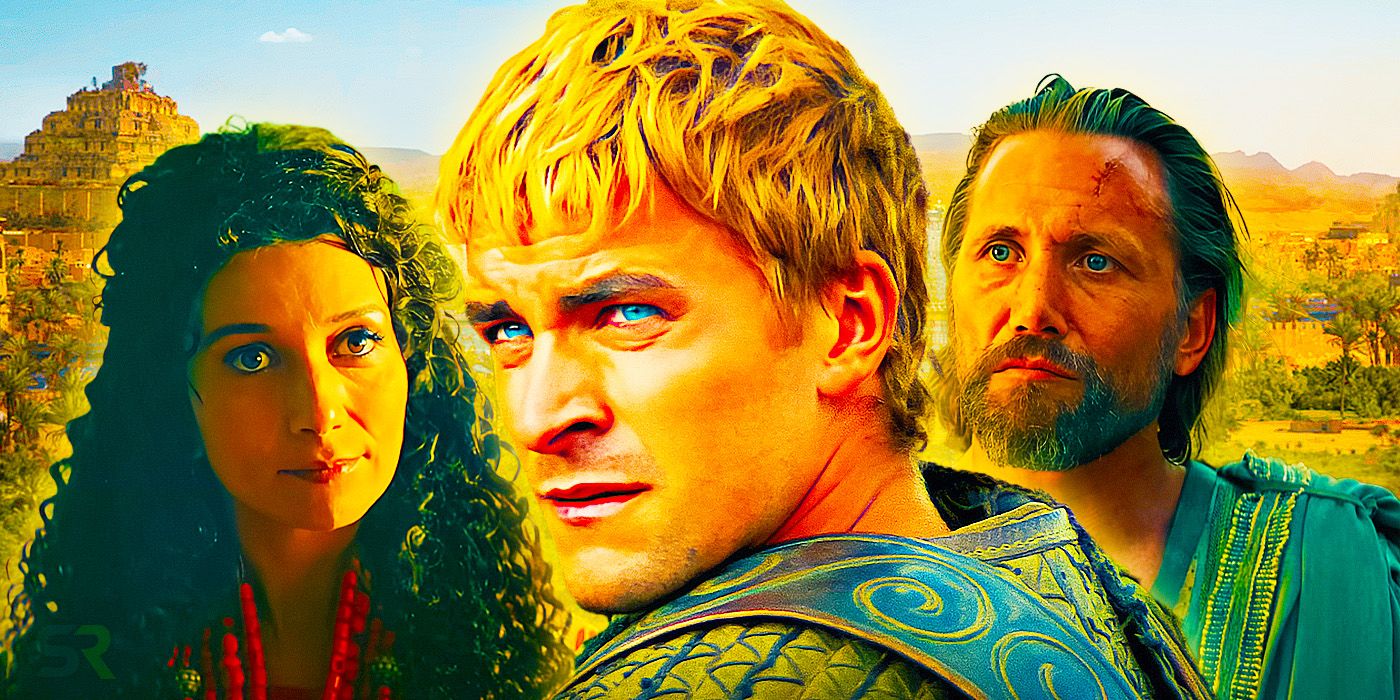
Related
10 Biggest Details Netflix’s Alexander The Great Docuseries Left Out From The Real Ancient Ruler’s Life
Netflix’s Alexander: The Making of a God provides a lot of great information on Alexander the great, but it leaves out 10 critical details.
4
Moses Constructed The Ark Of The Covenant
The Ark Held The 10 Commandments
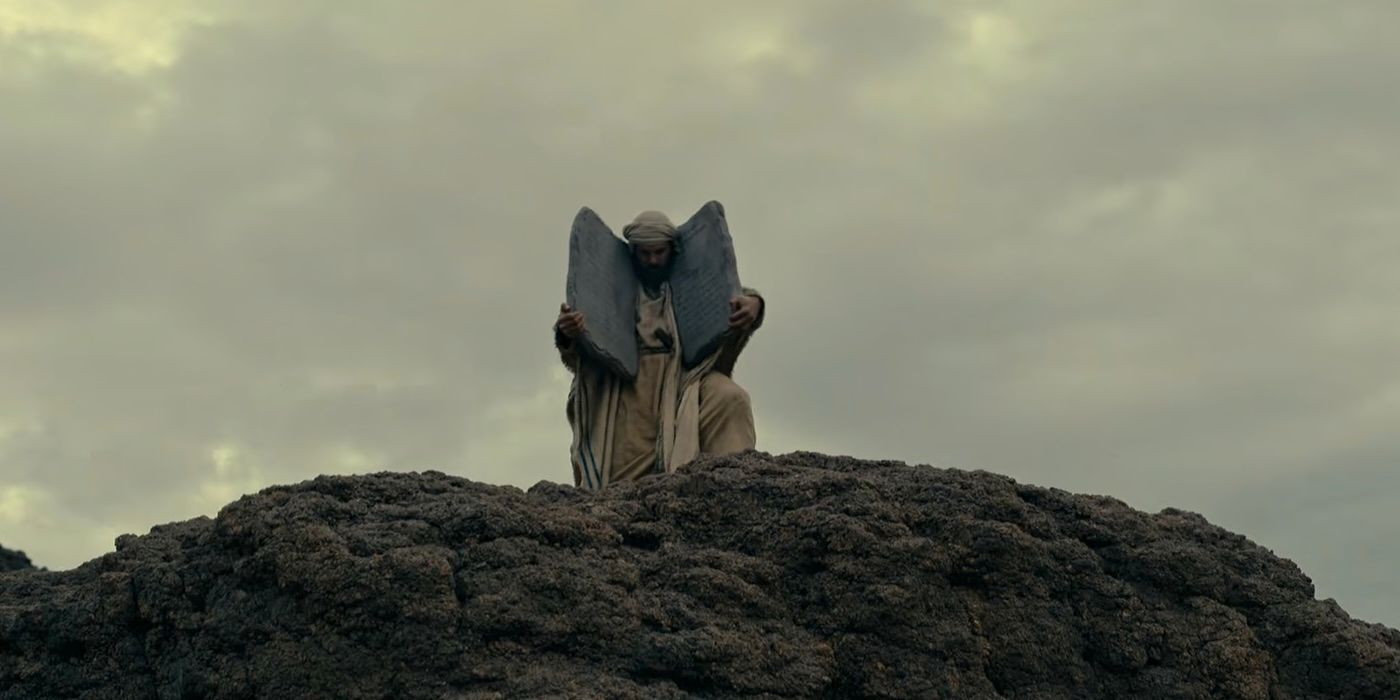
Netflix’s Testament: The Story of Moses also omits Moses’ construction of the Ark of the Covenant, which is commonly remembered for holding the 10 commandments. The Ark is described as a gold-plated chest, and according to the Book of Exodus, it held Aaron’s rod and a pot of manna beside the commandments. Exodus also relays that God created the design of the Ark, giving it to Moses while he and the Israelites were camped at the foot of Mount Sinai.
Although Testament: The Story of Moses includes the 10 commandments, it shows no sign of the Ark of the Covenant. After Moses chastises his people for worshiping an idol while he was gone, the docuseries depicts Moses preaching the laws he received from God to his people as they etch them into tablets. It then skips straight to Moses’ death on the brink of the Promised Land, which occurred around 40 years after the destruction of the golden calf.
Considering Testament: The Story of Moses was planning this time jump, it’s not surprising that the construction of the Ark, which occurred during those 40 years, was omitted. However, while it’s not surprising that the Ark of the Covenant was not discussed in detail, it is a little bit of a surprise that the Ark wasn’t shown in some form. After all, the Ark of the Covenant is one of the most fabled religious artifacts of all time, and it is inextricably tied to Moses.
3
Moses Did Not Allow The Generation That Escaped Egypt To Enter Canaan
Moses Waited 40 Years For That Generation To Die Before Turning To Canaan
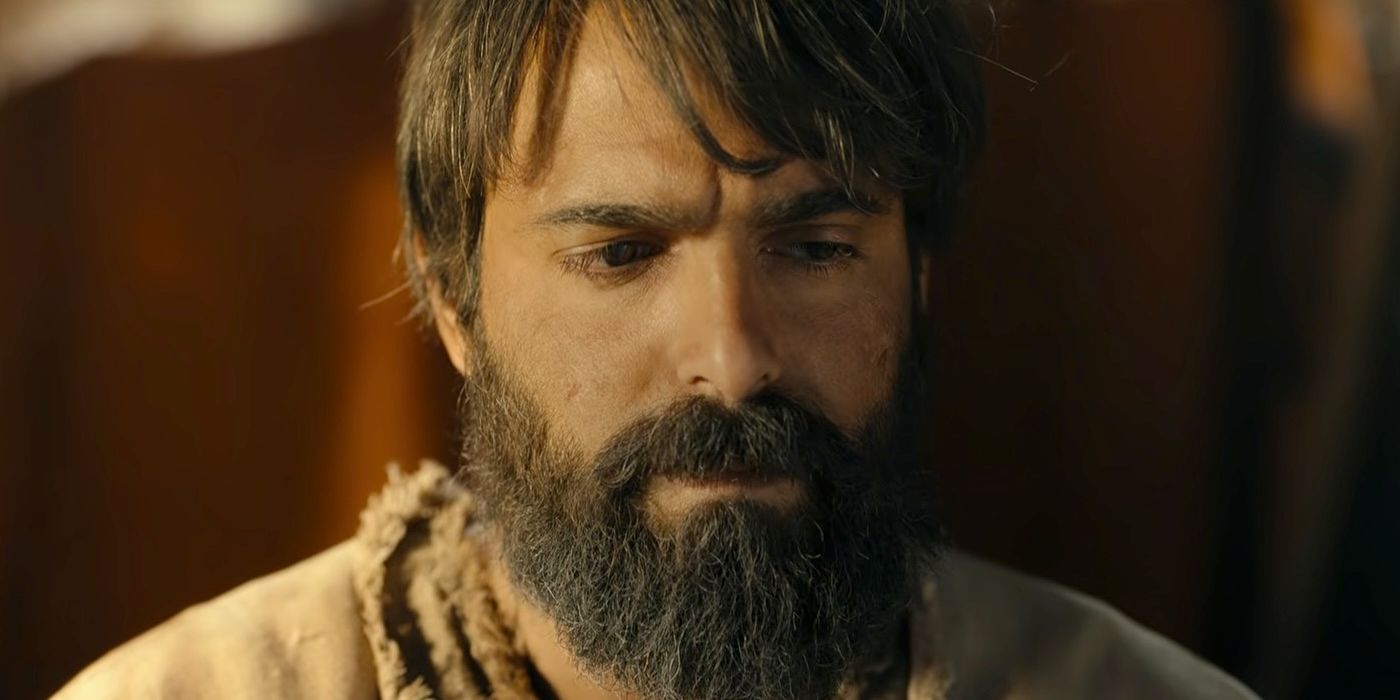
Another of the more cruel parts of the story of Moses that is glossed over in Testament: The Story of Moses is the decision to make the Israelites wait 40 years before entering the Promised Land. The docuseries states that the people were not ready in God’s eyes, which is why it took so long. However, biblical lore indicates that Moses did not allow his people to enter Canaan because their doubts made them unworthy to live there.
Moses decided that this generation, the generation which he’d freed from Egypt, was unworthy of the Promised Land, and so decreed that he would lead them through the desert until that generation was dead. Then, once the unworthy generation was dead, Moses led their children to the very edge of Canaan before dying at the age of 120. Testament: The Story of Moses dances around this fact without ever stating outright that Moses found his people unworthy of the very salvation he sought to give them.
However, Moses did lead his people to salvation eventually, and it seems Testament: The Story of Moses wanted to be careful not to portray Moses as cruel. According to the stories, his decision to wait a generation before entering Canaan was not meant to be cruel, but rather to make certain that the Israelites were ready to live in the Promised Land. However, that might be difficult to convey while the audience is watching a generation of people toil in the desert for 40 years, which is probably why this was glossed over.
2
Moses Defeated The Midianites On The Way To Canaan
The Midianites Are The Israelites’ Enemies In The Book Of Exodus
Netflix’s Testament: The Story of Moses glosses over most of the 40 years between the writing of the 10 commandments and Moses’ death, which causes it to miss out on the Israelites’ conflict with the Midianites. In the Book of Exodus, the Midianites become the enemies of the Israelites for their role in encouraging them to sin against God. According to the Book of Numbers, a war ensued between the two factions, which was won by Moses and the Israelites.
The conflict with the Midianites is depicted as being extremely brutal, with the Israelites killing every Midianite man; burning their settlements; and capturing their women, children, and livestock. The conflict with the Midianites was more of a massacre than a real war, according to most accounts, and Moses and his people treated their enemies without an ounce of mercy. This was one of the final conflicts before the Israelites reached Canaan.
This part of Moses’ story was probably left out of Testament: The Story of Moses because it’s extremely violent and controversial. It also doesn’t fall into the time period the docuseries covers, happening just before the final shot of Moses as an old man. It’s even possible that this 40-year period of Moses’ life is glossed over because of the violence and hardship of moments like the slaughter of the Midianites.
1
Moses Instituted The Aaronites
The Aaronites Are Named After Moses’ Brother Aaron
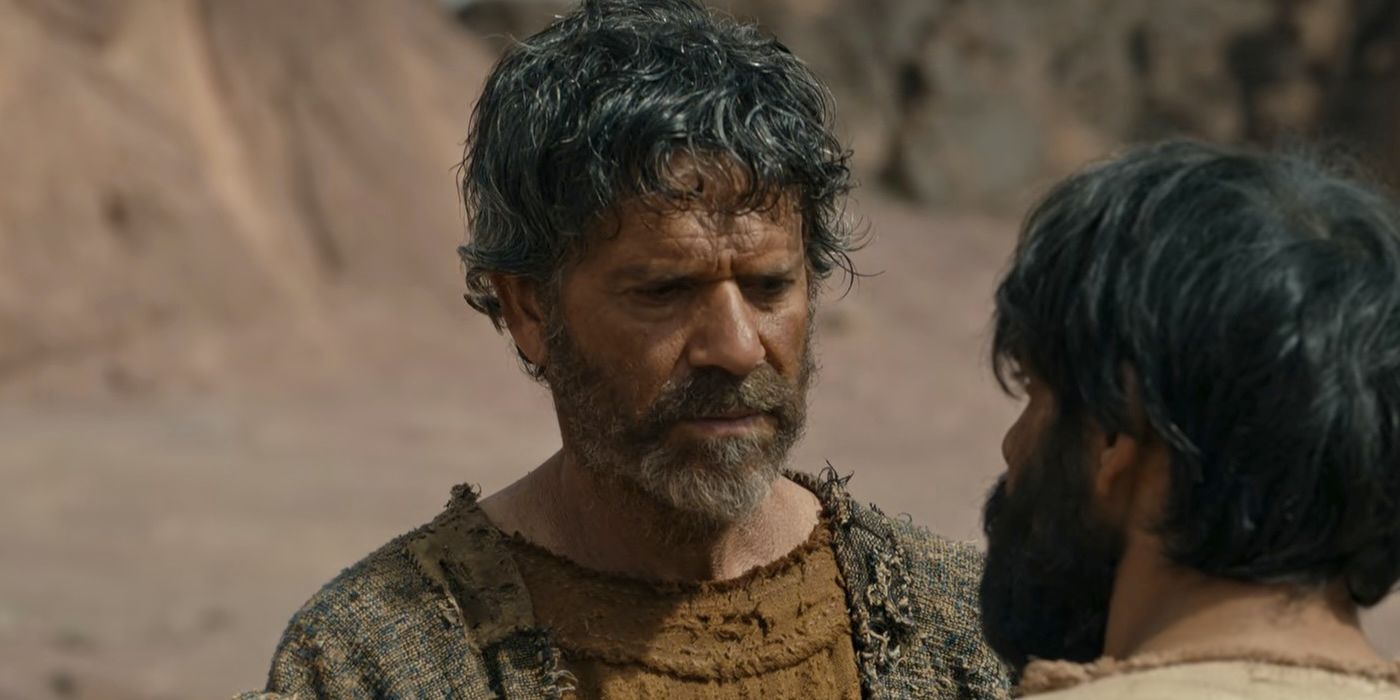
Another part of Moses’ story that isn’t covered in Testament: The Story of Moses is his creation of the priesthood known as the Aaronites. This priesthood was named after Moses’ brother, Aaron, and they were responsible for handling sacrificial offerings. The organization persisted for some time, allowing only those believed to be direct descendants of Aaron to join the priesthood.
Eventually, the Aaronites are believed to have gradually converted to Rabbinic Judaism or Christianity, but they played an important role in the establishment of the Hebrew state in Canaan. Their status as descendants of Aaron — and by extension, Moses — made them highly respected members of society and gave them an influential voice in the development of Israel. Their status was also increased by the fact that Moses was the one to institute them.
This story was likely left out of Testament: The Story of Moses because of time restrictions. Further, while the Aaronites were an important faction in the history of the Hebrew people, they were less important in the life of Moses. The creation of the Aaronites likely would have been included if the docuseries covered more of Moses’ life, but the decision to skip over most of the 40 years between the writing of the 10 commandments and Moses’ death made it difficult for this story to be included.



